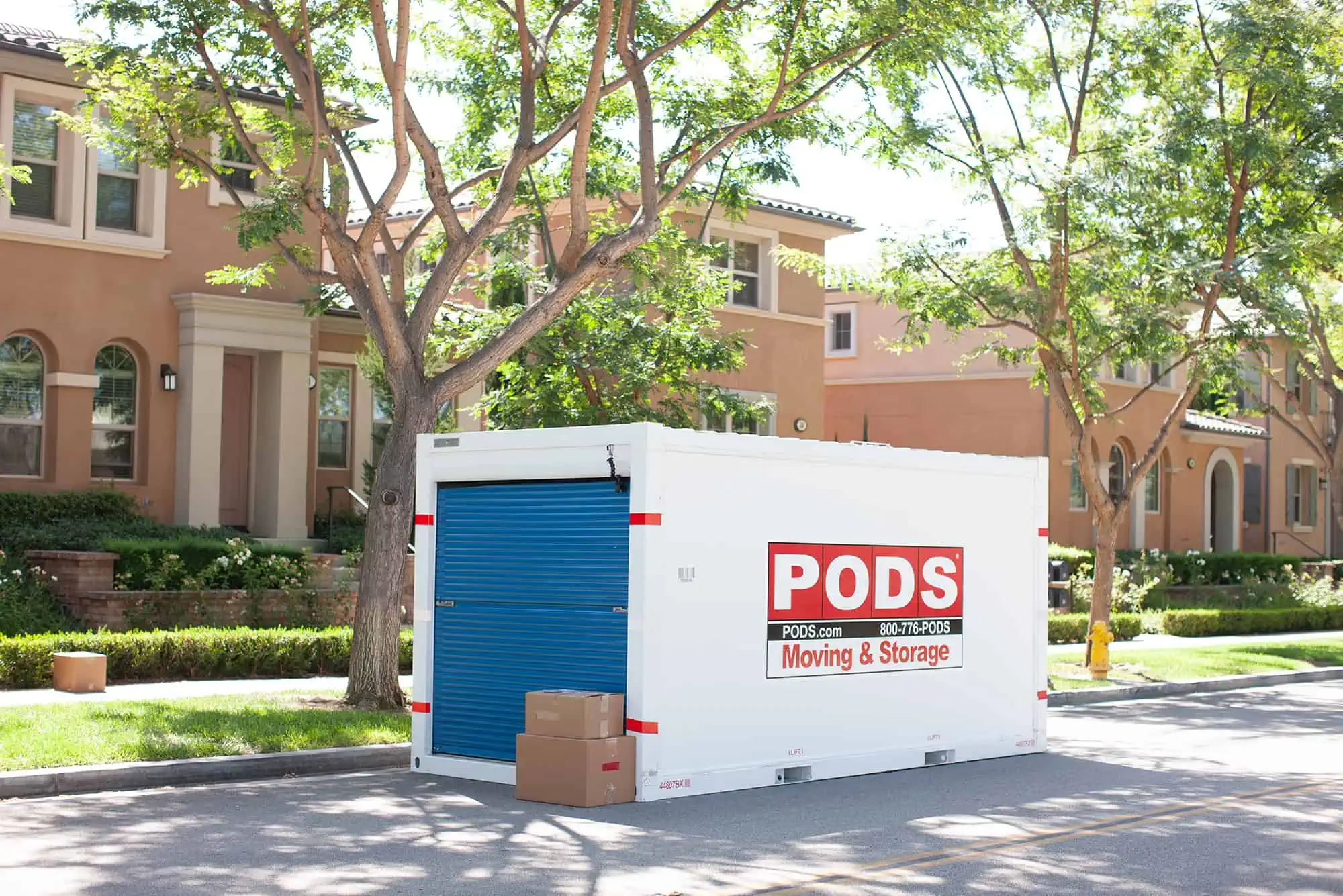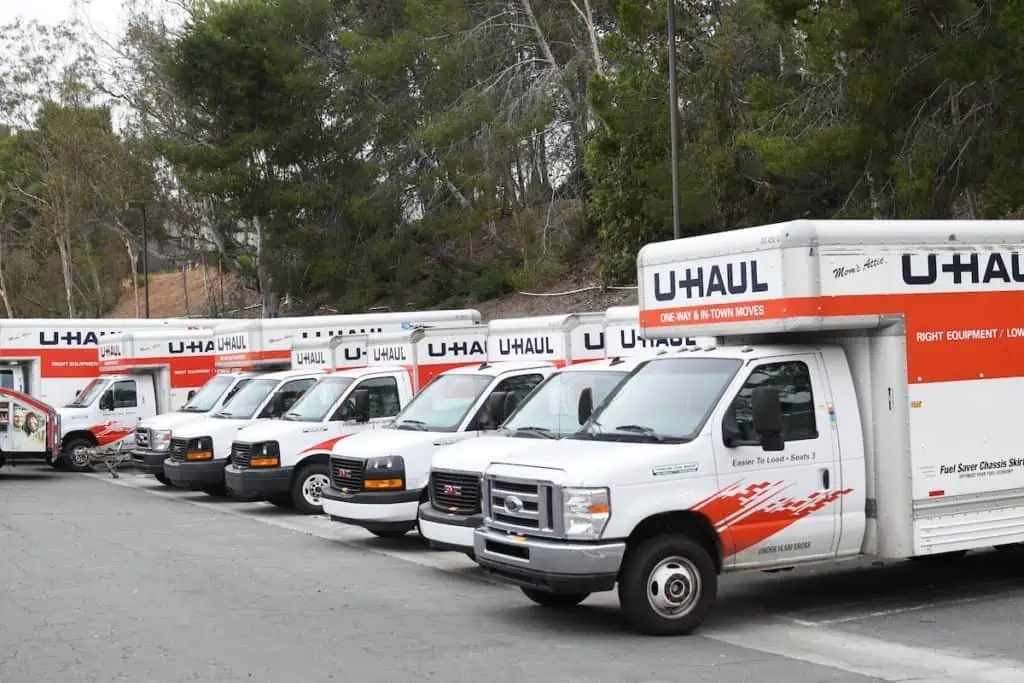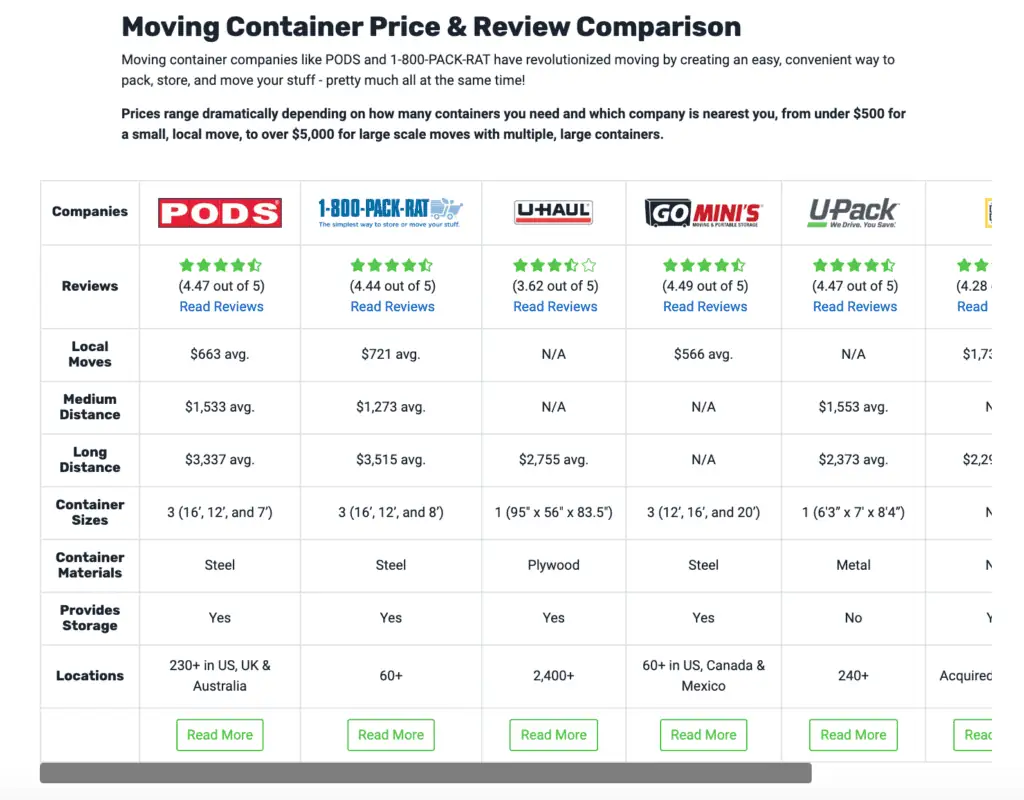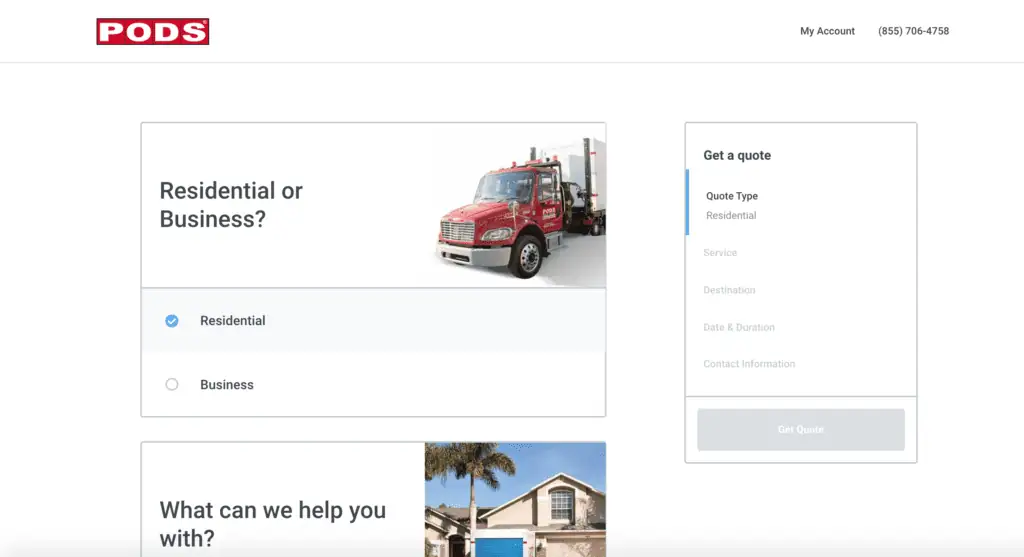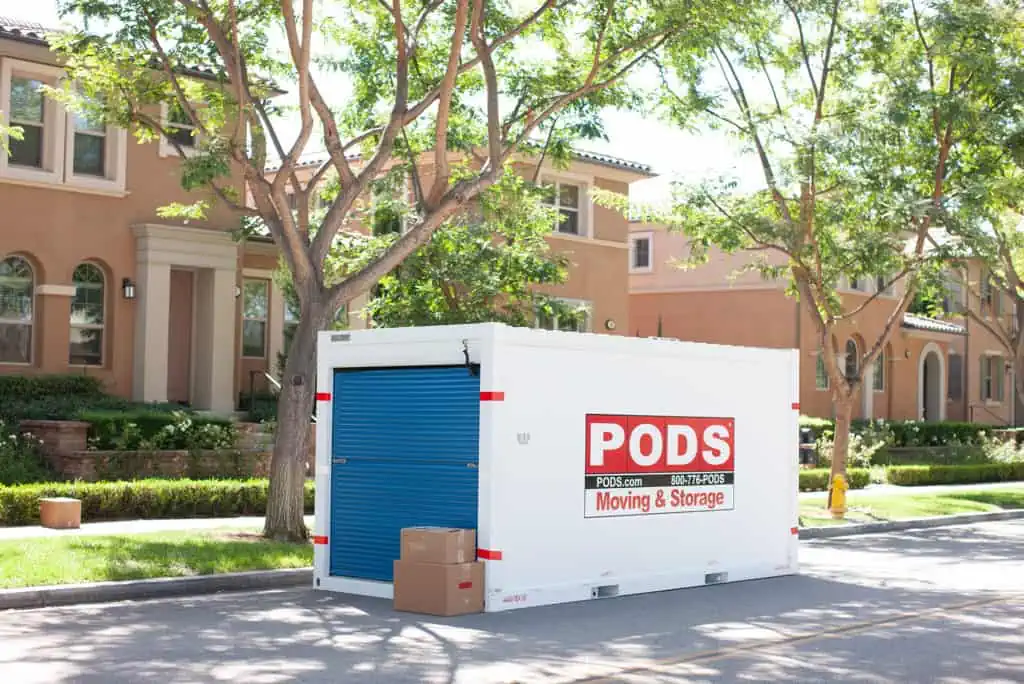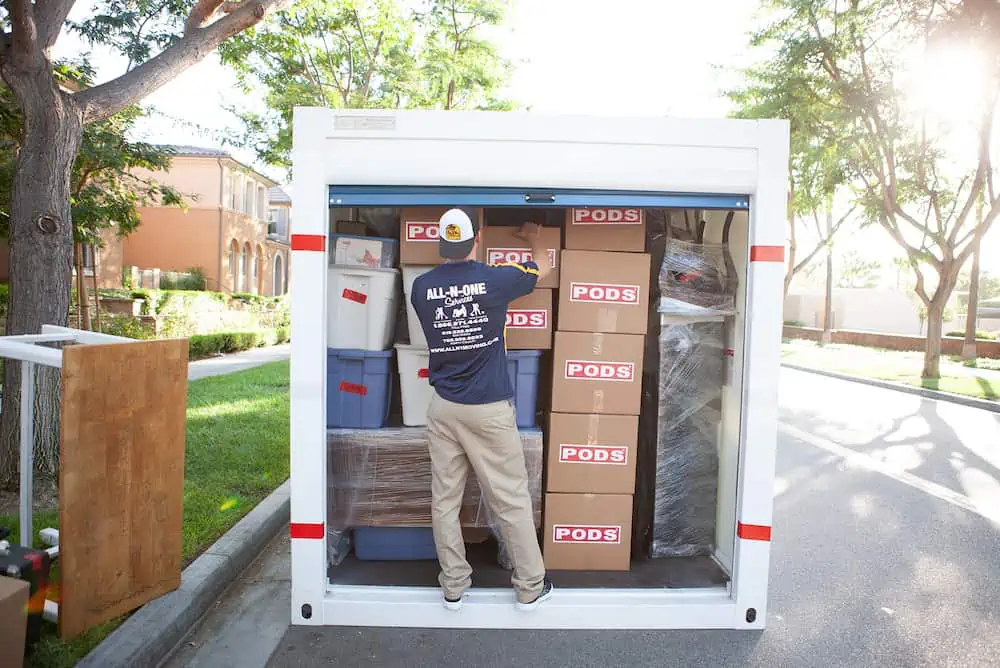Living along the East Coast is great during the warmer months of the year. But who enjoys shoveling snow from their driveways, scraping ice off their windshields, and staying inside with stuffy, dry heat? Snowbirds don’t.
What exactly is a snowbird? Anyone who migrates away from cold climates and rides out the winter in a place that’s much milder is the classic definition of a snowbird. States like Arizona, Texas and Florida are all popular snowbird destinations, since their climates rarely – if ever – reach freezing, even during the cold months.
If this lifestyle sounds appealing, you might consider becoming a snowbird yourself. But before you do, you should know the following stuff.
Who is “snowbirding” right for?
Typically, people think of snowbirds as retired or elderly people. And they tend to be just that; the average age of a Florida snowbird is 70 years old.
It makes sense; winter chores that involve shoveling snow and walking across ice can be more dangerous for older folks. Plus, the cold and snow make it harder to get out and keep up with necessary active habits, like walking.
But you don’t have to be a senior citizen to be a snowbird! Just about anyone who wants to wear shorts or keep a tan all year can do it. That is, as long as their lifestyle and financial situation allow it.
See prices for movers by the hour – instantly.
Read real customer reviews.
Easily book your help online.
What to consider before becoming a snowbird
One of the biggest considerations when deciding whether to become a snowbird is finances. No surprise, but it can be expensive to travel back and forth between two locations every year, potentially paying rent or mortgage on two homes.
How much money do I really need to become a snowbird?
Snowbirds are usually high-income retirees who bring in at least $75,000 per year. If you’re still in the early-ish years of your career, experts recommend planning and saving extra for the snowbird lifestyle sooner rather than later.
“If you’re new to snowbirding, it may be a good idea to rent for the first couple of years.”
Aside from the financial aspects, you’ll also want to consider the general lifestyle you want to live. Many people think of snowbirding as a vacation… but it’s not! You’ll be living in your second home for several months out of the year; things you enjoy on vacation may not be what you want out of your day-to-day life. And of course, if you’re still working, your schedule needs to allow for flexible and remote work options.
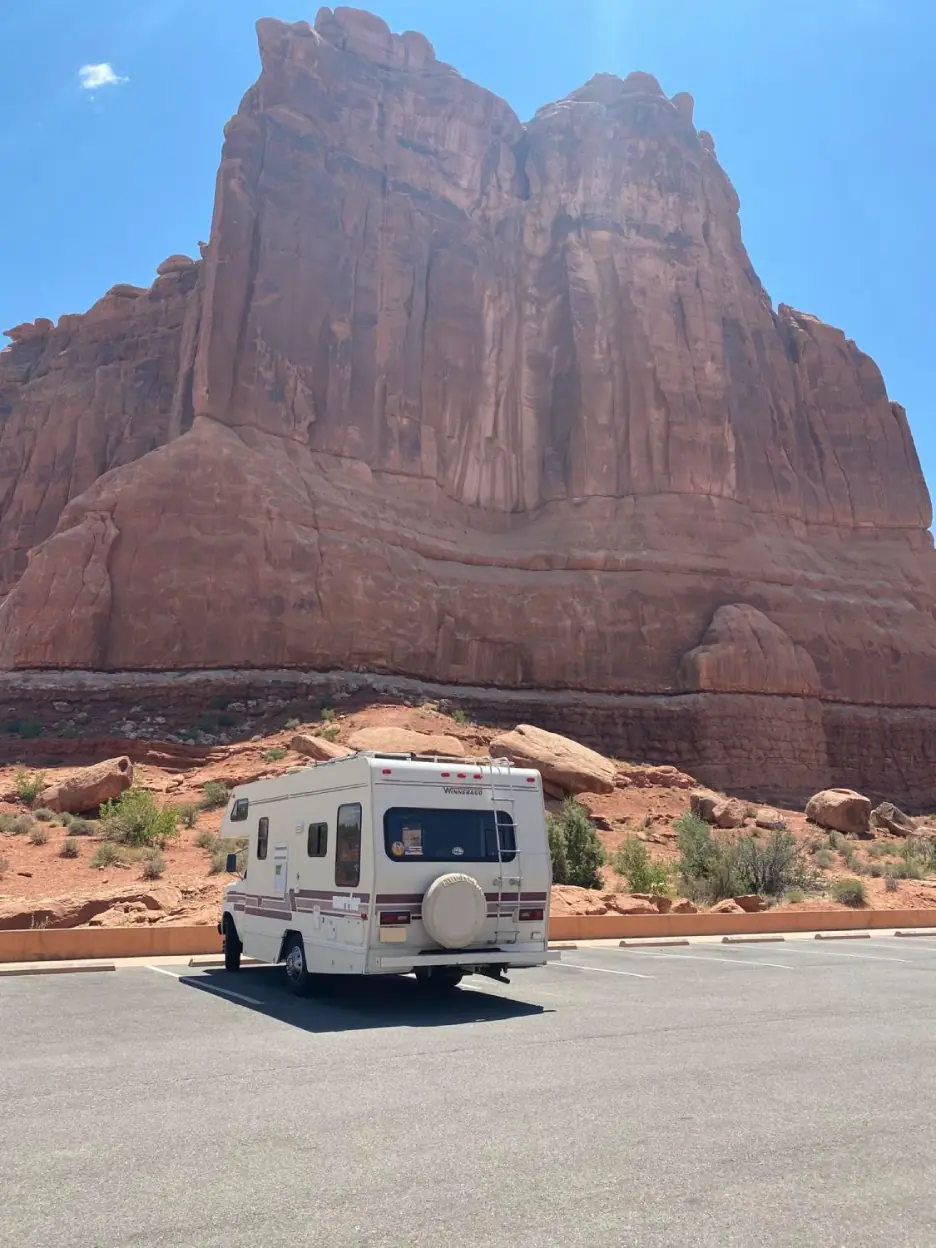
If you’re planning to live in an RV as a snowbird, you’ll need to factor in vehicle maintenance, gas, and the cost of a site. Some parks and resorts offer deals for long-term stays, so it’s important to check around for deals before settling on a spot.
Protip: Remember, people also tend to generally socialize and eat out more when snowbirding, so factor that into your portable lifestyle budgeting!
Renting vs. buying a second home
A big question when getting ready to begin the snowbird lifestyle is whether you should rent or buy your second home. There is no one right answer — it will depend on several factors.
If you’re new to snowbirding, it may be a good idea to rent for the first couple of years. That way, you don’t lock yourself into a property in a location that you may not end up liking that much. Renting is also a good idea if the market is not buyer friendly, or you’re unsure about upkeep costs.
“Depending on your tax situation, it may make more financial sense to claim residency in your snowbird state instead of back home.”
On the other hand, it might make sense to buy a property if you’re definitely set on a certain location and you can afford it. Your second home should double as an investment property and an asset to leave to your heirs. Just keep in mind that you’ll be responsible for more than just the rent!
At the broadest level, there will typically be expenses second home expenses such as:
- Interest
- Property taxes
- Homeowners Insurance
- Repairs/maintenance
All this stuff generally equates to about 1% of a home’s value annually.
See prices for movers by the hour – instantly.
Read real customer reviews.
Easily book your help online.
Am I ready to maintain two properties?
Whether you decide to rent or buy, you’re still going to spend the time and energy upkeeping two properties. This will mean keeping track of:
- Two sets of bills
- Cleaning
- Investing in maintenance and renovations
- Landscaping
- Possibly “winterizing”
You might also need to spend extra money on hiring a housekeeper, gardener, handyman, etc. to help you keep up. To help pay for all this, people often list their properties on Airbnb or VRBO when they’re out of town to offset the costs of maintenance.
How do you balance friends and family?
Somewhat surprisingly, one of the biggest challenges snowbirds report facing is maintaining relationships; it makes sense, given you’re gone half the year!
For example, you might want to spend Thanksgiving or Christmas at the beach in Florida, while your kids may be celebrating at home in Maine. You can’t always call up your friends for impromptu cocktails, and will probably have to lean on pre-scheduling for most of your get-togethers. Whatever you do, just don’t overlook this huge change in your social life.
What other things am I forgetting?
Choosing your snowbird destination and how much time you’ll stay there mostly depends on your finances and preferred lifestyle. But you should also think about the reality of your chosen destination!
For example, some areas in the east and south are prone to hurricanes, and you might be required to purchase flood insurance. Yes, you may love the beach, but you need to account for what major expenses could come your way if your property is severely damaged in a storm.
And don’t forget about the tax rate in the state you claim as your second residency.
Depending on your tax situation, it may make more financial sense to claim residency in your snowbird state instead of back home. Popular snowbird states such as Florida, Texas, and Nevada don’t charge income taxes, whereas other states such as California, New York, and New Jersey have high taxes. Just be sure to find out the rules surrounding how many days you need to spend in that state to be considered a resident.
How To Prep for Your Snowbird Migration
Preparing to move to your temporary home is typically less involved than making a one-time move to a new destination. You’ll have less to pack, so the process should require less time and money spent on professional movers. Still, there are crucial preparations to be made.
How to set up a home to sit vacantly
Before leaving, it’s important to close up your home so it can stay safely vacant while you’re away. Here are things to consider:
Second Home Checklist:
- Have mail forwarded (here’s a good guide)
- Set up online bill pay
- Set the thermostat between 55-60 degrees so pipes don’t freeze
- Shut off the water
- Unplug major appliances to save on energy
- Test smoke alarms
- Lock all doors and windows
- Set some lights on a timer
- Install guard on the chimney
- Clean out gutters
- Put outdoor furniture and decorations in storage
- Install a camera or home security system
- Let your neighbors know you’re leaving
- Hire a gardener
- Hire a snow removal company, if needed
Preparing for a short-term move
When it comes to moving short-term, start by thinking about what types of professional services you’ll need.
If this is your first time visiting the destination, you may need to ship some items like furniture and appliances. Shipping costs can vary widely, depending on the size, weight, and destination.
Shipping a moving container in the U.S. costs an average of $3,000, while international shipping costs can range between about $1,400 and $6,900.
Subsequent trips might only require a U-Haul, or maybe just your personal vehicle. Here’s a guide to help with rental truck comparisons.
Cleaning
When you pack, try to clean as you go. The unpacking process will go much smoother at your new place if you can put dishes directly into the cupboards and load up bookshelves without having to stop and dust first.
Need help? Here’s a guide for cleaning your place based on the season.
Going between places is also a great time to downsize! And it’s easy; while going through your belongings and deciding what to pack, simply set aside items that you don’t use or don’t need. Donate anything that’s in good condition and toss the rest (you may need to schedule a bulk trash pickup with your local service). You’ll start your snowbird lifestyle clutter-free, as well as make room for the new things you pick up as you travel.
Snowbird packing essentials
Every time you make the transition between homes, it’s important to ensure you have certain essentials with you. Be sure to bring the following:
- The correct important documents: You’ll need identification, such as your driver’s license and passport, copies of your insurance policies (e.g., health, auto, and insurance for both homes), as well as important medical information like paper copies of prescriptions.
- Medications: Speaking of prescriptions, it’s important to stock up on medications before leaving town. Have enough to last through the trip, plus extra in case you get delayed. Make sure you have pharmacies established near both homes. Finally, don’t forget to carry a basic first aid kit when traveling between homes (e.g., bandages, gauze, antibiotic ointment).
- Appropriate clothing: Keep in mind that you’ll need to pack for the weather you’re moving to, not what you’re moving from. Of course, you might keep a few things at each location, but be sure you have boots and a winter coat when traveling north and lightweight items with sun protection when heading south.
- Tech and gadgets: Bring along your most used tech items (e.g., tablet, laptop, phone, etc.) and all the associated accessories (e.g., chargers, wall plugs, portable batteries, etc.).
- Creature comforts: Is there a brand of coffee you can’t live without and can only get from that one café at home? Is your dog obsessed with a certain squeaky toy? Don’t forget to pack the things that make your two houses feel like home!
Think critically about what to bring vs. what to buy or rent
While it’s nice to have a double set of everything you own, it might not make financial sense to buy a whole house’s worth of stuff twice (at least, not right away).
Think about what items are key and which ones you can do without or rent/borrow when you’re at your snowbird location. As you spend more time there, you inevitably gather more of the items it turns out you really need.
When it comes to important paperwork, such as birth certificates, Social Security cards, etc., it’s best not to travel with the original copies. Keep those in a fire-proof safe or deposit box at a bank, and make copies to keep inside your second home.
Vehicle transportation

If you choose to ship your vehicle instead, be sure to budget for the cost.
The average cost to ship a car is around $2.00 per mile for short moves of less than 200 miles, according to Forbes. The price drops to $0.58 per mile for long-distance moves of 1,500 miles or more.
Securing valuables
When it comes to valuables like expensive jewelry or art, again, it’s best not to travel back and forth with them. At the same time, you want to be sure that wherever you do leave these items, they’re safe while you’re gone. (The last thing you want is to stress about what would happen if someone broke in or a pipe burst.)
Your best bet for storing important or valuable items is a safe deposit box. This will ensure that your belongings aren’t susceptible to theft or damage. The second-best option is a secure and well-hidden safe that’s attached to the wall or floor. Again, installing a security system plus having neighbors keep an eye on your place can provide extra peace of mind.
International moving considerations
If you are moving internationally, you’ll also want to consider factors such as the exchange rate, the cost of living, travel prices, and more. For example, your dollar may go much further in a destination overseas, but if the plane tickets are expensive, it may not make financial sense to fly back and forth twice a year.
Also, consider the local language. If the last time you spoke Spanish or Portuguese was your Sophomore year of high school, you may need to brush up on your skills so you can communicate effectively in your new destination. Some countries also have rules around how long you can stay in town, and you might need to apply for a special visa to stay for several months.
Top Snowbird Destinations
Not sure where to claim “Home No. 2” yet? Here are some of the best snowbird destinations in the U.S. based on weather, cost of living, and available activities.
Scottsdale, AZ
If you prefer a snowbird home in the Southwest, one solid option is Scottsdale, Arizona. This city in the Sonoran Desert stays dry year round, though it can get a bit cooler in the winter. The coldest month is December, with temperatures ranging between the mid-60s in the day and mid-40s at night, on average. It’s a great destination for wine lovers, with many vineyards surrounding the city.
Fort Myers, FL
If you prefer a warmer and wetter environment, consider Fort Myers, Florida. Here, temperatures sink to a high of 74°F and low of 55°F during the coldest month of January. This is a great city for active people, with plenty of swimming, fishing, and cycling. (Please keep in mind that recent hurricanes have altered the economics in Fort Myers, so it’s imperative that you do your research.)
Charleston, SC
Those who appreciate a mix of culture and nature will love living in Charleston, South Carolina. It’s home to many historical sites and trendy restaurants, as well as surrounding beaches and islands. The weather rarely dips below the 40s even in the midst of winter, so you can enjoy the outdoors year-round.
Galveston, TX
Home to “winter Texans,” as they’re affectionately known, Galveston is another excellent destination during colder months. It’s a charming city with Victorian architecture, golfing, and horse trails, yet is close to major cities like Houston if you want to change things up with a more Urban experience. Its coldest month is typically January, when the lows hit about 49°F, on average.
Las Vegas, NV
If you’re looking for a city with lots of activities and plenty of nightlife, Las Vegas is without a doubt your top destination. Along the strip, casinos go all out with winter decorations, but the daytime temperature hovers in the 50s, so you won’t feel the need to stay couped up indoors. You’ll also be able to attend many concerts and live events, as well as find award-winning dining and world-class shopping.
Mexico
This list would not be complete without mentioning that Mexico is an ideal place to live seasonally. Home to places like Puerto Peñasco (otherwise known as “Rocky Point”) and Nuevo Vallarta in Jalisco, Mexico is forever a beautiful and temperate destination. (Ensenada in Baja California and Quintana Roo are also highly recommended places to wait out the cold season.)





